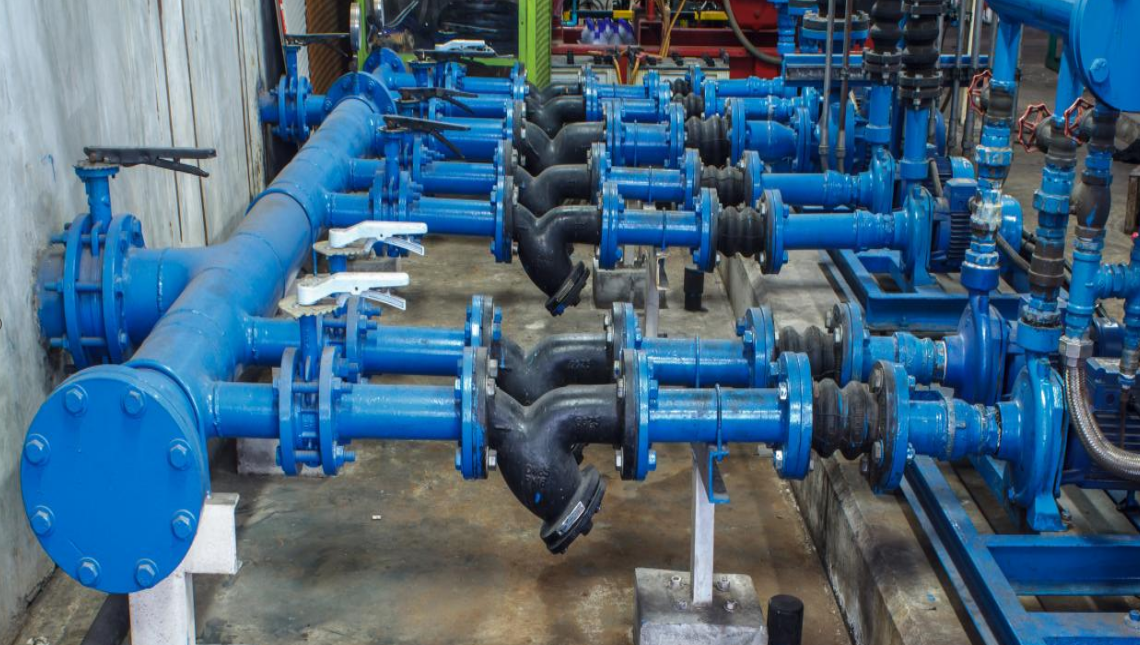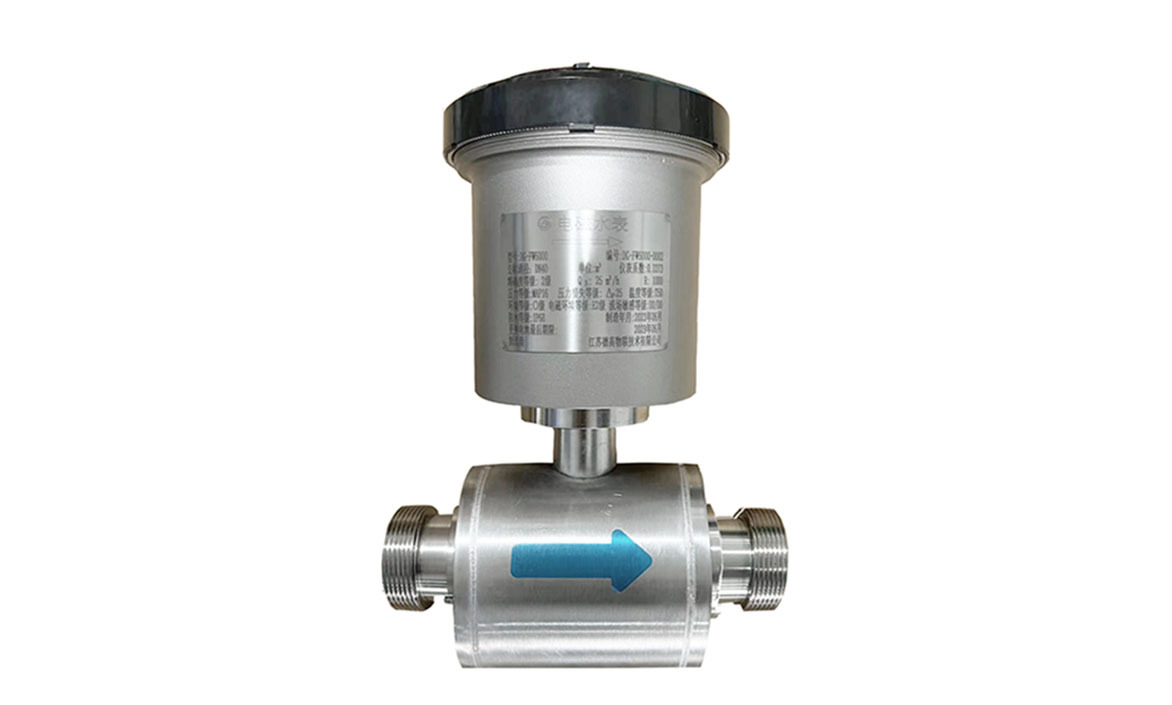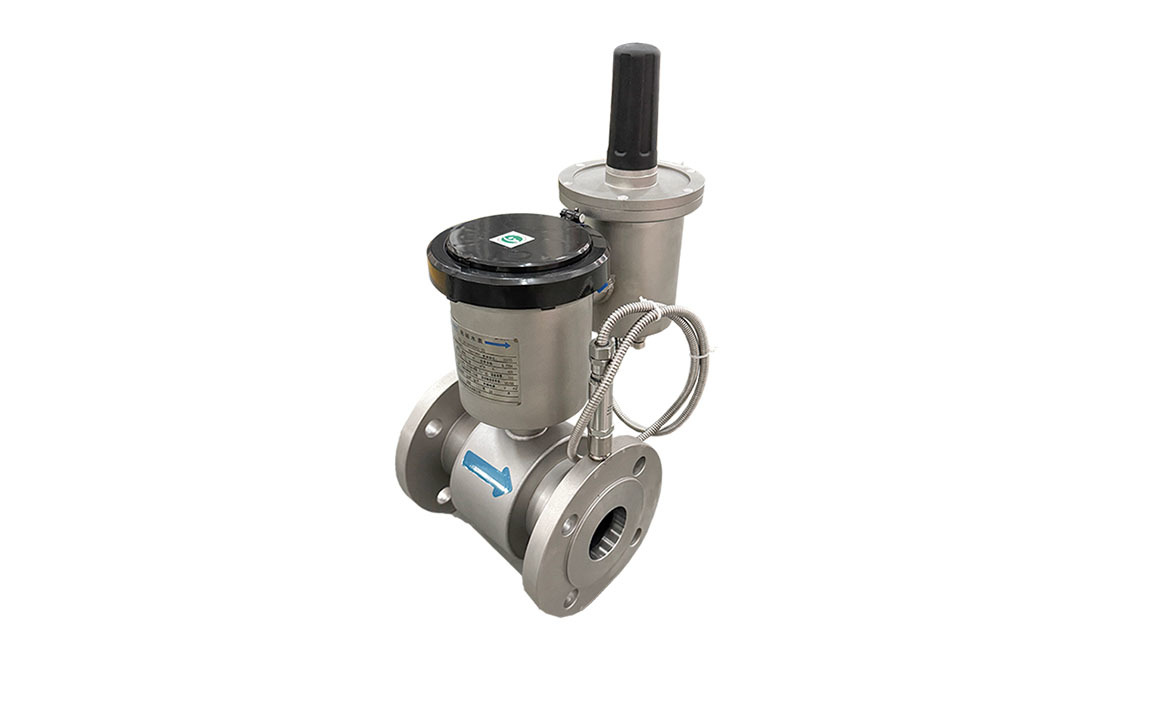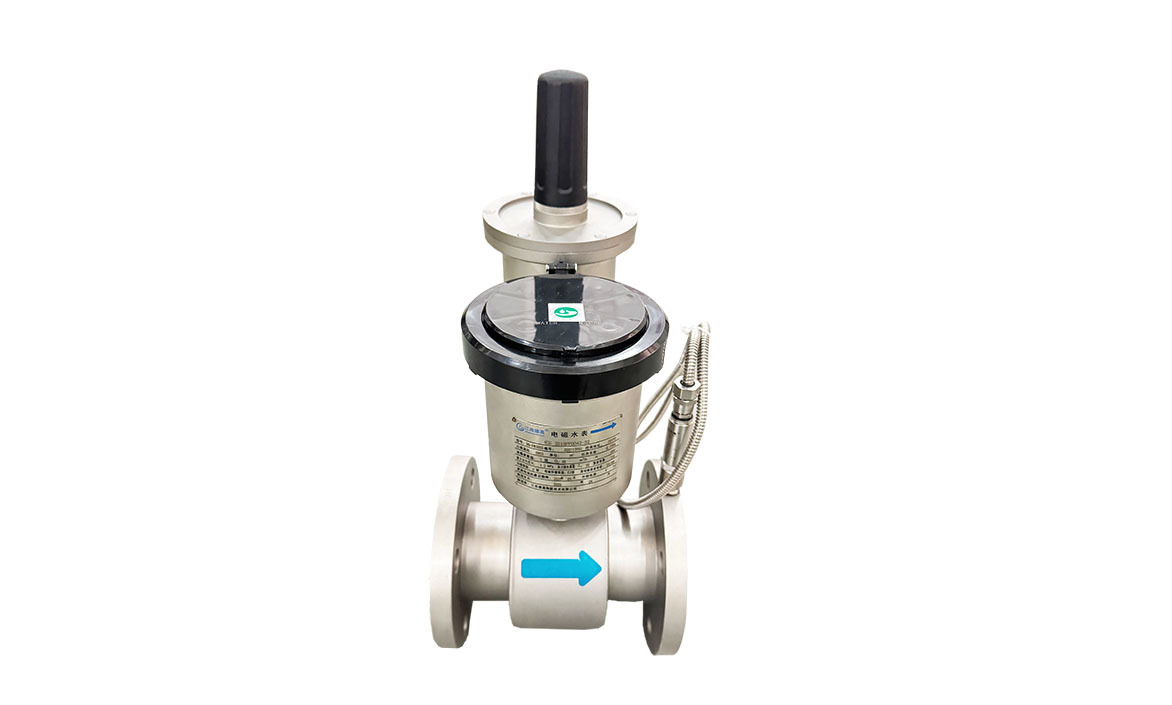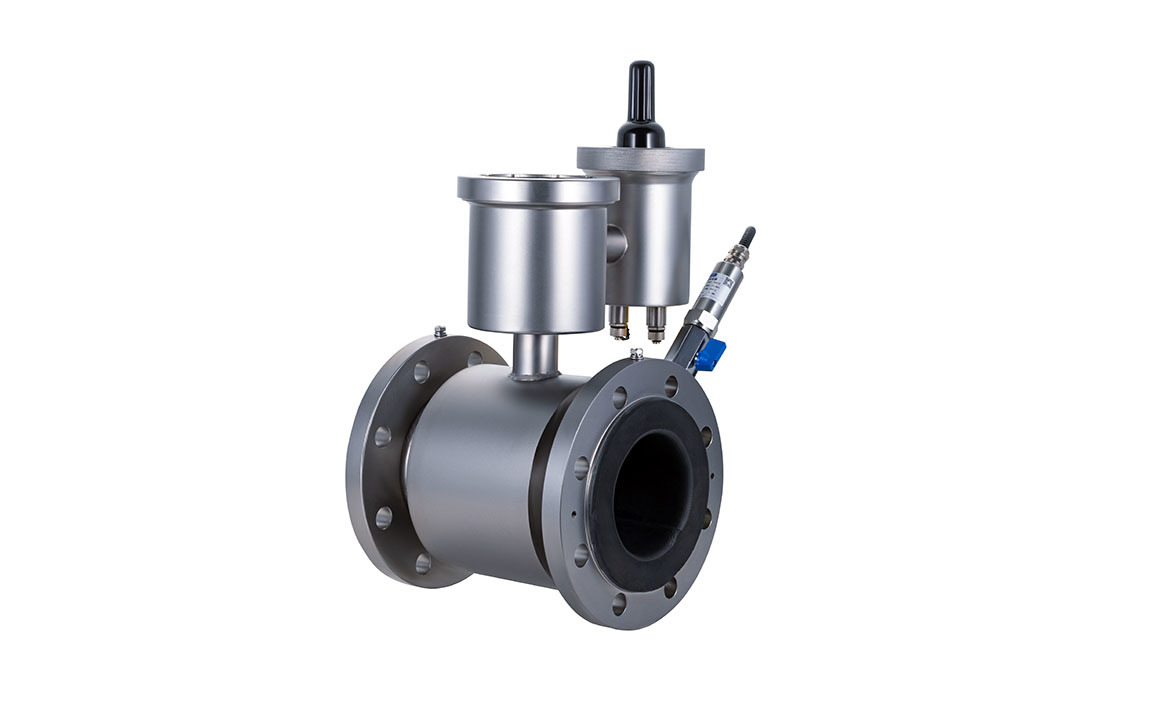Pipeline Network GIS System
Belongs to:
Details
- 产品描述
-
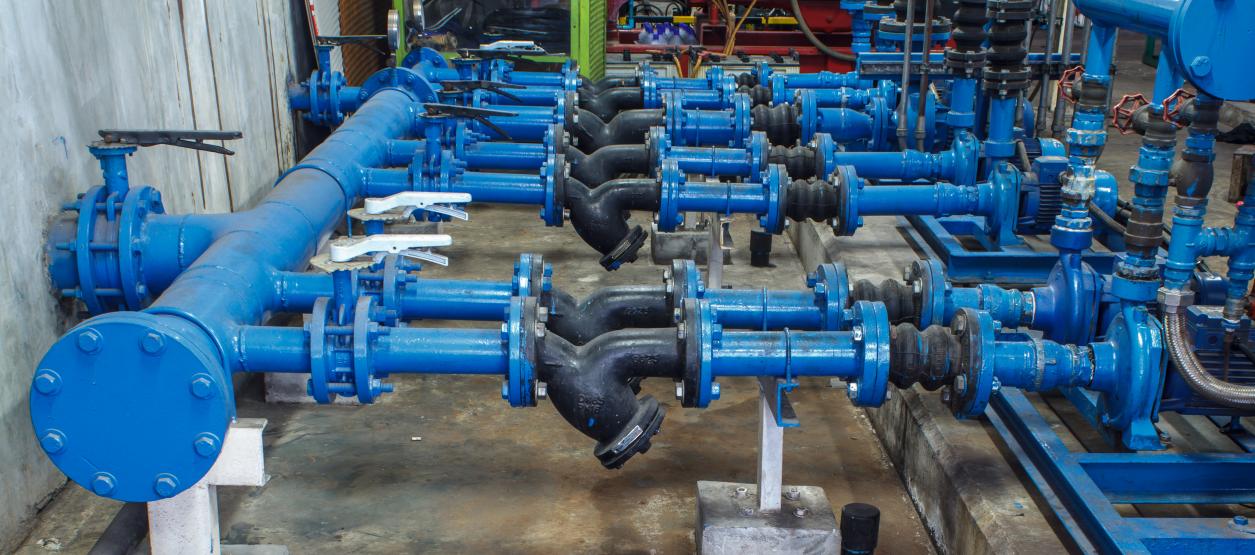
The entire pipeline network monitoring system collects data that covers the hydraulic conditions at various points, including the pipeline network itself, water treatment plants, and water source well outlets. By analyzing the real-time monitoring data, operators can gain insights into pressure levels, flow rates, and water quality distribution across the entire network, providing a valuable decision-support tool for production scheduling. Moreover, the data from pipeline network monitoring stations serve as a reliable verification basis for accurately calculating and managing water pressure and flow in the supply network, enhancing both precision and practicality—while simultaneously reducing the need for manual meter reading. Specifically, the hydraulic monitoring of the water supply network focuses on two key aspects: network pressure and flow rate.
I. Pain Points in Demand
- Most of the pipeline network is buried underground, and fluctuations in network pressure, differences in material quality, and variations in installation timing frequently lead to pipe bursts.
- The emergency repair work for burst pipes heavily relies on manual efforts, making it difficult to quickly and accurately pinpoint the exact location of the rupture, determine the appropriate valve-closing strategy, and assess the extent of the impact.
- Managers cannot constantly monitor the overall pipeline network or localized pressure levels, making it impossible to take immediate, appropriate measures to control network pressure. As a result, they cannot effectively prevent situations where pressure is either too high or insufficient.
II. Explanation of Advantages
- By establishing a water quality model for the distribution network, it is possible to simulate the dynamic, real-time changes in water quality within the network, enabling information-based management aimed at ensuring water quality safety and preventing water quality contamination incidents in the pipeline system.
- Through the network model, it is possible to verify and adjust upcoming operational plans, helping to prevent potential accidents. After an accident occurs, the network model can be used to analyze its impact on the city's water supply, assisting management personnel in developing the most effective solutions.
- Using the pipeline network model as a tool, we establish a scientific scheduling system. Through model calculations, we identify the most efficient scheduling approach and develop a rational combination of pump startup configurations. This not only ensures the safe supply of water throughout the network but also helps reduce unnecessary pressure-related expenses, ultimately leading to energy savings and lower operational costs for the pipeline system.
III. Function Description
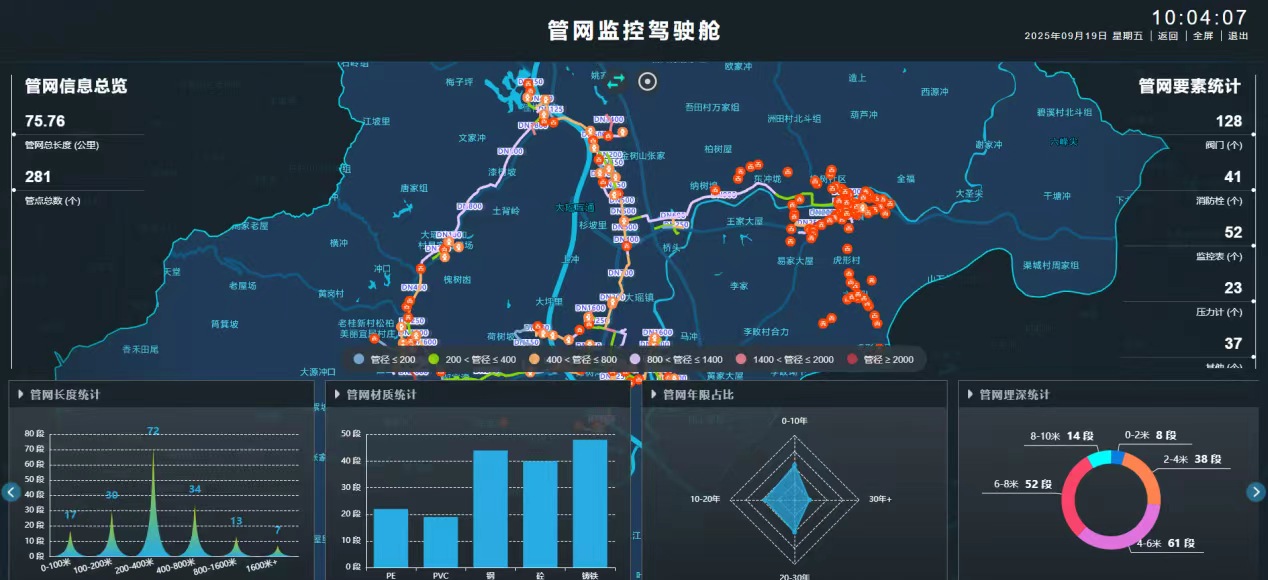
- Most of the pipeline network is buried underground, and fluctuations in network pressure, differences in material quality, and variations in installation timing frequently lead to pipe bursts.
Other Products
Jiangsu Degao Internet of Things Technology Co., Ltd.
Consulting
Recruitment
Address
No. 158, Xinsheng Road, Nantong, Jiangsu, Maipu Technology Park

Subscription Number

Service Number

Mobile phone QR code
Copyright © 2025 Jiangsu Degao Internet of Things Technology Co., Ltd.
Powered by www.300.cn | Tag |


